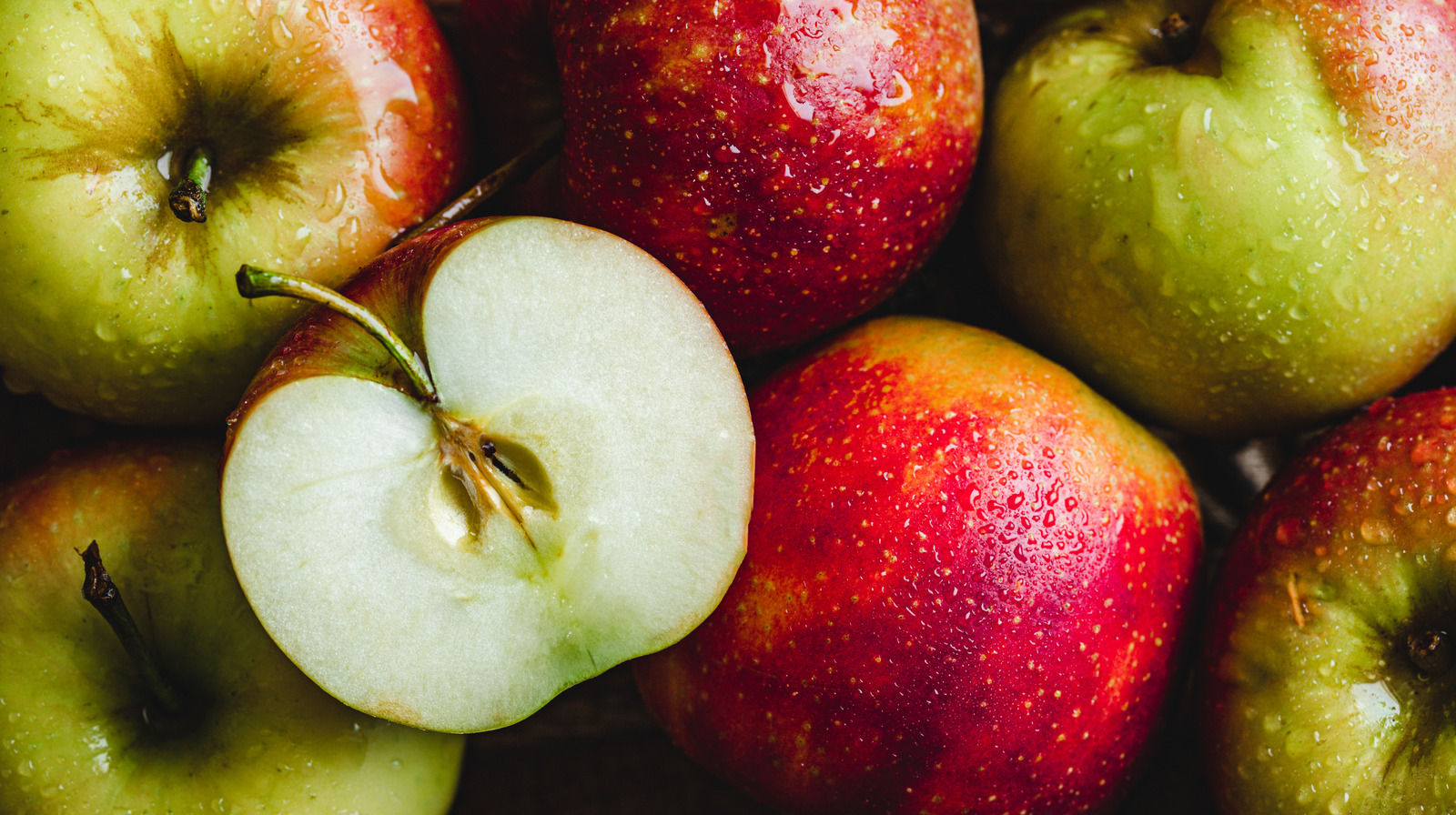
"Some of us will cut off the bruise and eat the rest, but evidence shows that a lot of bruised apples are tossed out. According to the Food and Agricultural Organization of the United Nations, about 45% of all fruits and vegetables are wasted. That's 3.7 trillion apples. The creators of Arctic apples saw that as a major problem they needed to fix as they attempted to design an apple that wouldn't turn brown, allowing it to stay fresher longer."
"The United States Department of Agriculture approved Arctic apples back in 2015. They are genetically modified to stop producing the enzyme polyphenol oxidase, which is what starts the browning process in apples when they are damaged. In simple terms, the gene responsible for that enzyme is dialed down, making the apple unable to produce enough of the enzyme to trigger browning, so its flesh retains color, texture, and taste longer."
"There are no genes from other plants or strange proteins; the modification simply suppressed a gene already present in the apple. The result is an aesthetically pleasing fruit with a longer shelf life. There are lots of myths about GMO foods. The World Health Organization reports that no adverse health effects have been observed from consuming genetically modified foods, however."
About 45% of fruits and vegetables are wasted globally, equivalent to roughly 3.7 trillion apples. Arctic apples were engineered to prevent browning by reducing production of the enzyme polyphenol oxidase, so damaged flesh retains color, texture, and taste longer and can be stored or eaten later. The USDA approved Arctic apples in 2015. The modification suppresses an existing apple gene rather than adding foreign genes or proteins. The World Health Organization reports no observed adverse health effects from consuming genetically modified foods. GMO products undergo rigorous safety testing and US agencies have approved them.
Read at Tasting Table
Unable to calculate read time
Collection
[
|
...
]